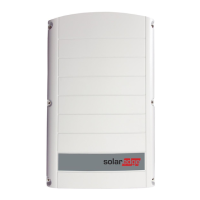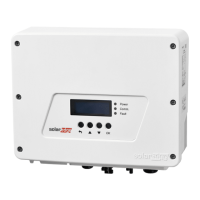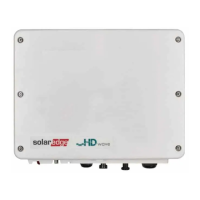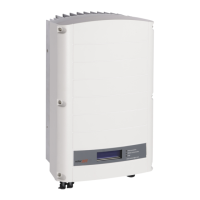Why is the string voltage lower than expected on my SolarEdge SE27.6K Inverter?
- SspetersonSep 23, 2025
If the string voltage on your SolarEdge Inverter is not 0V but lower than the number of optimizers, it could be due to a few reasons. Ensure all power optimizers are connected in the string. Also, check that the panels are properly connected to the power optimizer inputs. Finally, verify the string polarity using a voltmeter and correct it if needed.





